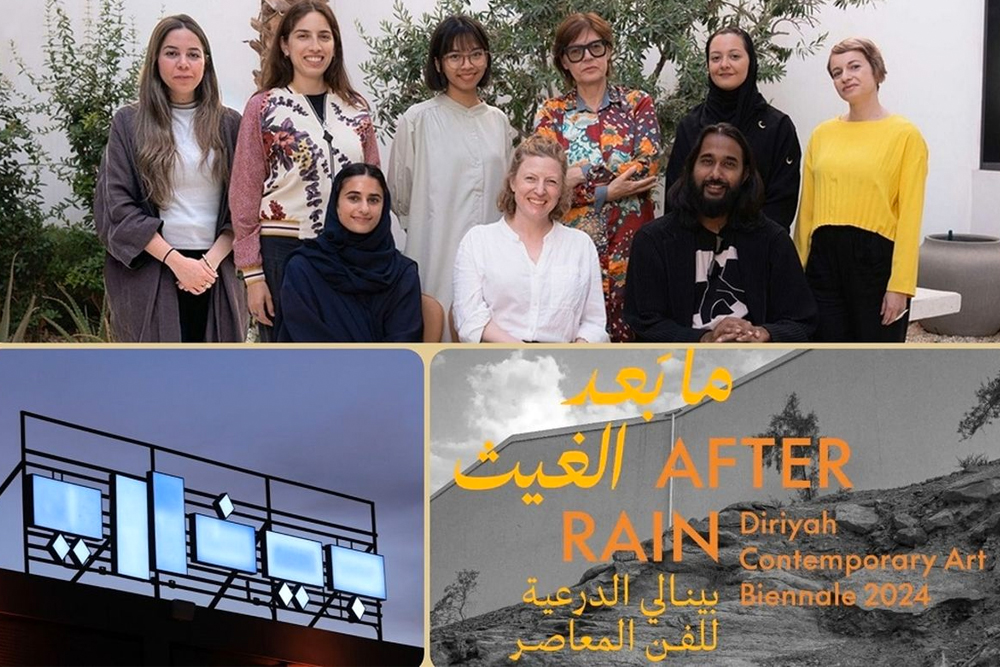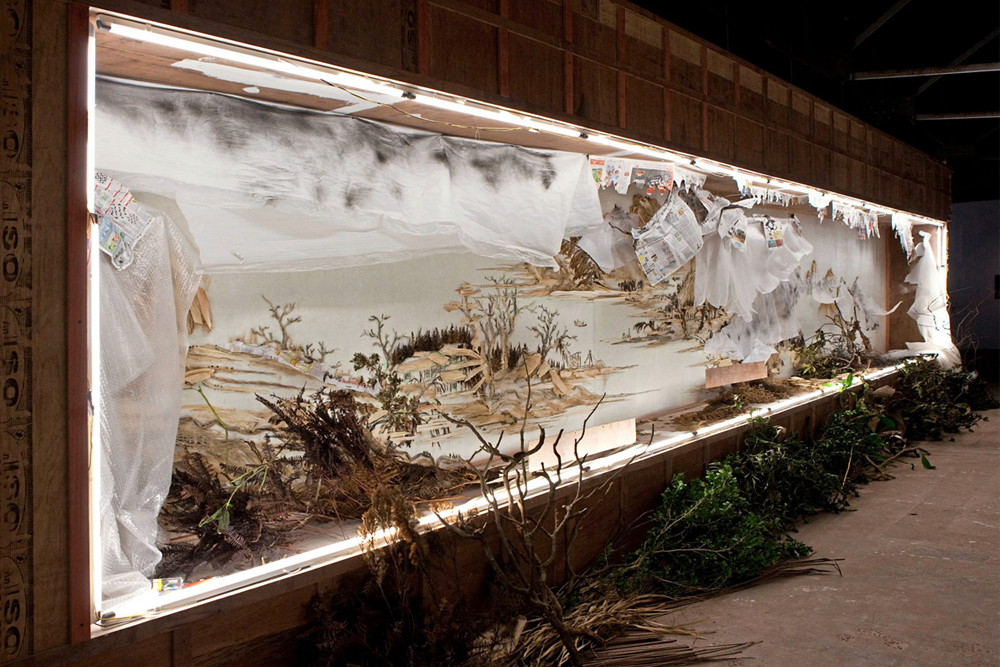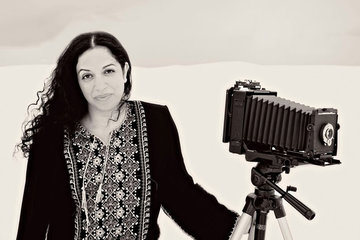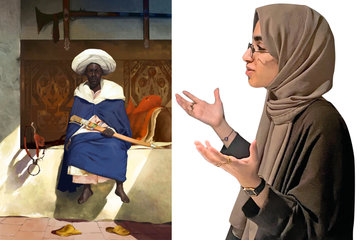
The resurgence of cultural vibrancy in Saudi Arabia reaches a pinnacle this month as the Diriyah Contemporary Art Biennale returns. Set to unfold in Riyadh from February 20 to May 24, this iteration marks the second edition following its debut in December 2021.
Named "After Rain," the biennale boasts a roster of 92 artists hailing from 43 nations, including 30 from the Gulf region. This diverse amalgamation of artistic talent underscores the biennale's objective to serve as a conduit for contemporary art, facilitating dialogue between Saudi Arabia and the global art community.
The 2024 biennale revolves around the theme of the natural environment and its profound influence on human existence. Drawing inspiration from the transformative effects of rain in desert oases, the title "After the Rain" symbolizes renewal and optimism, mirroring the dynamism and evolution of contemporary Saudi Arabia.
Ute Meta Bauer, the biennale's lead curator and artistic director, elaborates on the significance, stating that it explores the role of contemporary art in a society undergoing rapid transformation.

Taking place in Diriyah's JAX District, the event is held in seven rooms, repurposed warehouses, terraces, and courtyards. Bauer leads the curatorial team, which includes Wejdan Reda from the Diriyah Biennale Foundation, adjunct curator Rahul Gudipudi, and co-curators Rose Lejeune and Anca Rujoiu, among others.
Reda highlights different excursions around Riyadh and the Kingdom to interact with professionals from a variety of disciplines and generations, deepening their understanding of the nation's cultural landscape and stressing the significance of artists' experiences in crafting the biennale.
Aya Al-Bakree, CEO of the Diriyah Biennale Foundation, expresses the foundation's commitment to delivering internationally renowned platforms that showcase the transformative power of art in Saudi society.
Participating Saudi artists like Abdulrahman Al-Soliman and Ahmed Mater explore a myriad of themes, including historical, archaeological, and environmental subjects, reflecting the country's rich heritage and contemporary concerns.

The biennale also incorporates commissioned works that delve into Saudi Arabia's past and present. For instance, Mater collaborates with Berlin-based photographer Armin Linke to document Saudi futurism, while Yemeni artist Sara Abdu explores regional cleansing rituals through handcrafted soap towers.
During Ramadan, the biennale embraces communal values with works centered on food-sharing and cultural exchange, exemplified by projects like Britto Arts Trust's bamboo structure for harvesting and cooking, and NJOKOBOK's juice and tea bar featuring local beverages.
Interactive installations blend contemporary and traditional Saudi art forms, such as Bosnian-born artist Azra Aksamija's canopy inspired by Sadu weaving techniques and Dutch architect Anne Holtrop's recycled glass structure.
Amidst themes of renewal and cross-cultural dialogue, the biennale fosters a nurturing environment for emerging and established artists, embodying a mission of innovation, historical exploration, and reverence for nature.

















